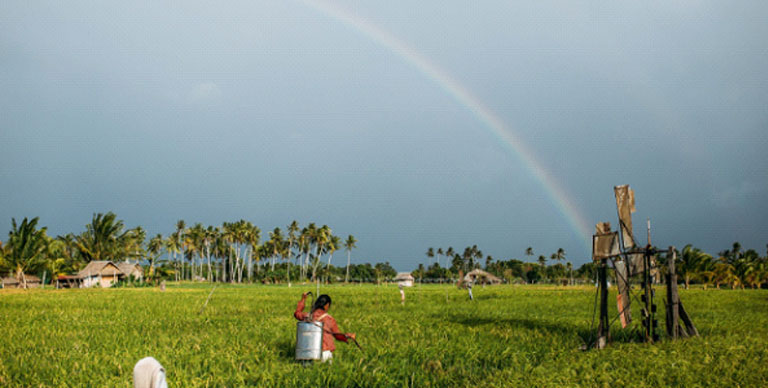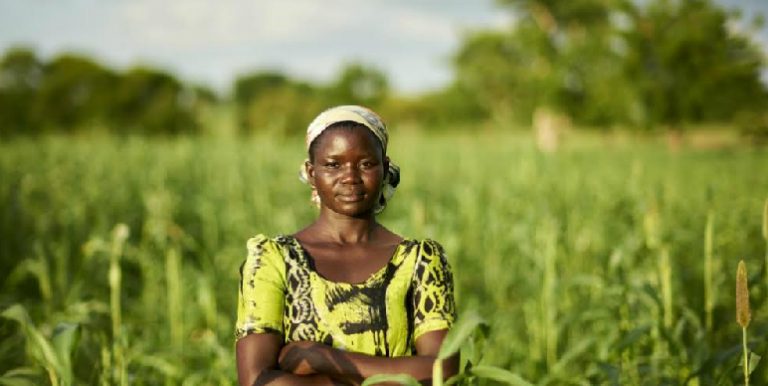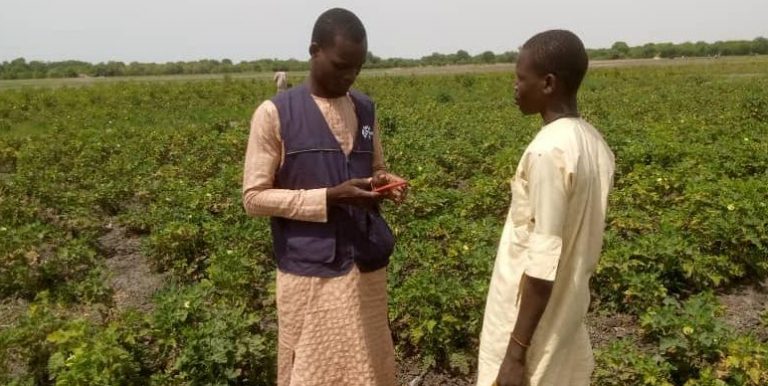Insuring agricultural entrepreneurs: What to expect?
The agricultural sector depends highly on nature, making it constantly exposed to exacerbating climate and disaster risks. To mitigate the problem, agriculture insurance and index insurance are regarded as valuable risk-management instruments because they allow farmers to continue to have access to finance and to build resilience against future risks.
Having agriculture insurance is especially relevant in regions like Sub-Saharan Africa and Asia where 450 million smallholder farmers feed up to 80 percent of the developing world, according to the World Food Program. While insurance companies typically invent new business models to reach a segment like this, which is usually underserved and uninsured, there are challenges that must be overcome before the promise and benefits of agriculture insurance can be better realized.
In the life cycle of agriculture insurance, there are at least four challenges.
1) Product design: To design and price reliable agriculture insurance=, it is crucial to compile a history over time of data on agriculture production, yield, and production loss, and also of meteorological conditions. However, in many developing countries, insufficient data availability and poor quality affect the quality of the design of agriculture insurance products, as well as their cost.
2) Sales and distribution: The most critical challenge related to insurance sales pertains to consumers’ awareness and understanding of how agriculture insurance works. Low sales volumes can be partially attributed to the perception that insurance is an “intangible” service because it provides a financial promise with respect to a future event and because its benefits can only be reaped once adversity occurs. In addition, potential purchasers of agriculture insurance are subject to treacherous geography, remoteness, and lack of access to transportation, making it more difficult for insurance to reach the right target clients. An additional problem is the inefficiency of insurance distribution agencies.
3) Premium collection and claim processing: As with distribution, some geographical and infrastructure obstacles hamper premium collections and payout disbursements. Additionally, underdeveloped payment systems and limited financial networks are unfavorable. In many places, smallholder farmers are unbanked, which can make it difficult for them to conduct any financial transactions.
4) Servicing: Insurance companies traditionally rely on the models of bricks-and-mortar branches, brokerage networks, and financial institutions to reach and provide customer services to their clients. This limits insurance companies’ ability to meaningfully engage with clients outside of these models. Despite almost two decades of efforts, the industry only provides agriculture microinsurance services to just under 300 million people across the developing world. This is only about 10 percent of the potential market for insurance.
Nevertheless, modern day technologies are offering innovative solutions to overcome these common challenges.
Digital innovations and big-data are enabling technology-led companies to enter the insurance sector. In many ways, these “InsureTechs” are tackling the challenges along the agriculture insurance value chain. For instance, with the help of the latest generation of remote-sensing and imagery products, InsureTechs can better collect data and conduct crop-loss assessments for product design and pricing. They are also leveraging technology to widen reach, expand distribution, and disburse payments with mobile money, making insurance more available to customers at their own convenience.
It is interesting to note that investments in InsureTechs have grown by leaps and bounds. The global investment in this space was approximately $140 million in 2011, but it climbed to $270 million in 2013, and skyrocketed to $2.7 billion in 2015, according to a study conducted by McKinsey & Company
With these great promises, let’s ensure that the InsureTech industry is developing in a healthy, sustainable, and responsible manner, so that it will continue to play a critical role in providing access to finance to those in need.
Are you an entrepreneur working in the agriculture, insurance, or InsureTech sector?
This year, World Bank Group’s Global Index Insurance Facility (GIIF) is calling for applications from entrepreneurs in South and East Asia for the Agriculture InsureTech Innovation Challenge, powered by Sankalp Forum. To learn more and to apply, please visit: www.worldbank.org/en/events/2019/06/13/agriculture-insuretech-innovation-challenge








